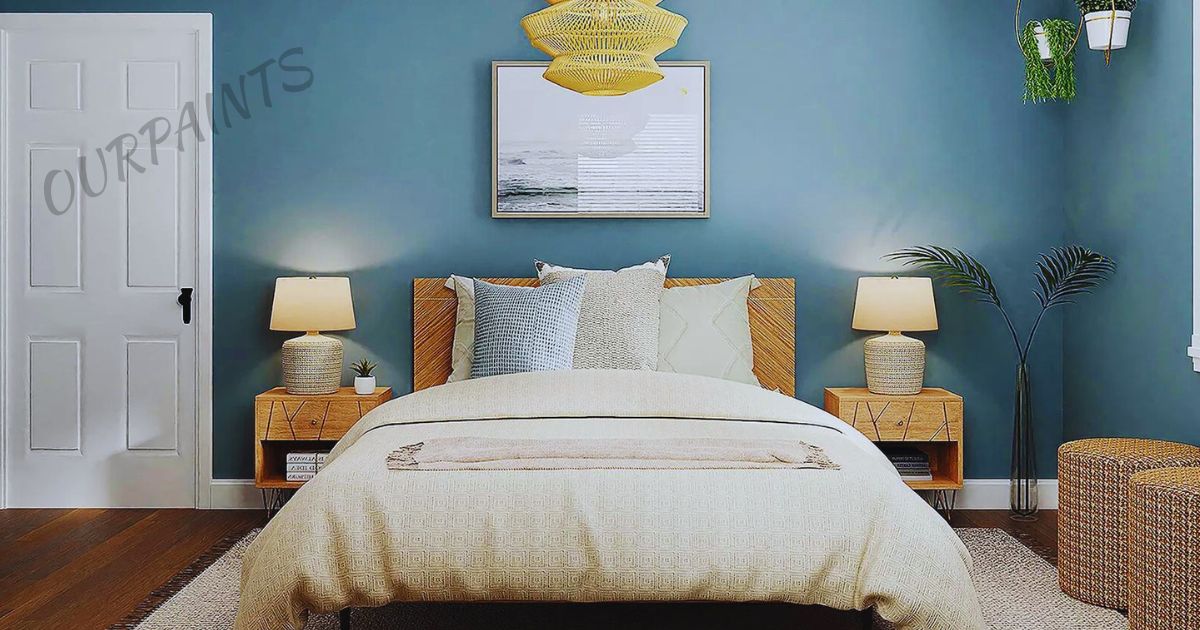Crafting the best paint scheme for small bedroom involves an artful orchestration of color, light, and spatial dynamics. Light and neutral tones, like serene blues or warm beiges, create an illusion of spaciousness, amplifying the room’s perceived size.
Darker tones, when used thoughtfully, can add depth without compromising the room’s coziness. The chosen colors profoundly impact the ambiance, reflecting natural light and setting the mood.
Strategic lighting placement accentuates these hues, eliminating shadows and showcasing the paint scheme’s full potential. Combining these elements harmoniously transforms a compact space into a haven of tranquillity and visual allure, making every inch count in the small bedroom retreat.
Optimal Color Selection Elevate Ambiance With Thoughtful Hues:
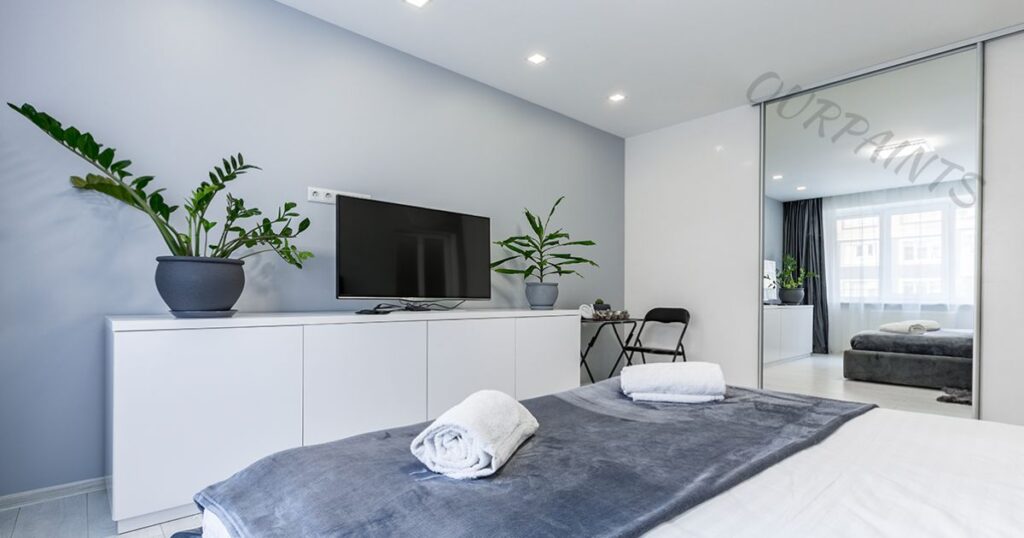
Color selection is a pivotal aspect of interior design, particularly when crafting the perfect paint scheme for a small bedroom. The nuanced art of choosing the right colors extends beyond mere aesthetics, influencing the ambiance and perceived dimensions of the space.
In this exploration, we delve into the intricate details of optimal color selection, unraveling the transformative power of hues in creating a harmonious and inviting atmosphere.
The Psychology of Colors: Crafting Emotional Resonance
Delving into the world of optimal color selection begins with an understanding of color psychology. Each color carries its own emotional resonance, affecting mood and perception. For a small bedroom, where tranquillity and comfort are paramount, opting for light and neutral tones becomes imperative.
Soft greys, calming blues, and warm beiges create a serene backdrop, inducing a sense of relaxation and coziness. These hues not only visually expand the space but also provide a soothing atmosphere conducive to restful sleep.
The Illusion of Space: Light Tones and Visual Openness
Light, neutral colors possess the unique ability to create an illusion of spaciousness in confined areas. The physics of color perception come into play, as lighter shades reflect more light, making the room appear brighter and more open.
Whites and pastels, in particular, bounce natural and artificial light around the room, eliminating shadows and dark corners. This strategic use of color not only enhances the perceived size of the bedroom but also contributes to an overall sense of airiness and lightness.
Accentuating Personality: Muted Tones for Subtle Character
While light and neutral colors dominate the palette for small bedrooms, there is room for personal expression through accentuating hues. Muted tones, strategically placed as accent walls or through furnishings, inject personality without overwhelming the space.
Consider soft greens, muted purples, or gentle blush pinks to add subtle touches of character. These accents become focal points, creating visual interest and breaking the monotony of the overall color scheme.
Thoughtful integration of accent colors ensures a personalized touch while maintaining the room’s visual coherence.
Balancing Warmth and Coolness: The Art of Neutrality
Achieving the perfect balance between warm and cool tones is an art form in optimal color selection. Warm neutrals, such as beige and light browns, infuse the room with a sense of coziness and comfort. Simultaneously, cool neutrals, like soft blues and greys, impart a refreshing and calming vibe.
The interplay of warm and cool hues creates a dynamic visual experience, preventing the space from feeling too sterile or overly warm. Striking this delicate equilibrium ensures that the small bedroom remains inviting and adaptable to different lighting conditions throughout the day.
Harmony with Natural Elements: Bringing the Outdoors In
Nature-inspired color palettes seamlessly integrate with optimal color selection, fostering a connection between the indoor space and the natural world. Earthy tones, such as muted greens, browns, and warm greys, evoke a sense of serenity and grounding.
By bringing the outdoors in, the bedroom becomes a tranquil retreat, promoting a peaceful ambiance. This connection to nature not only enhances the aesthetic appeal but also contributes to a holistic and calming environment conducive to relaxation.
Space-Enhancing Techniques Expand Visual Perception With Strategic Painting:
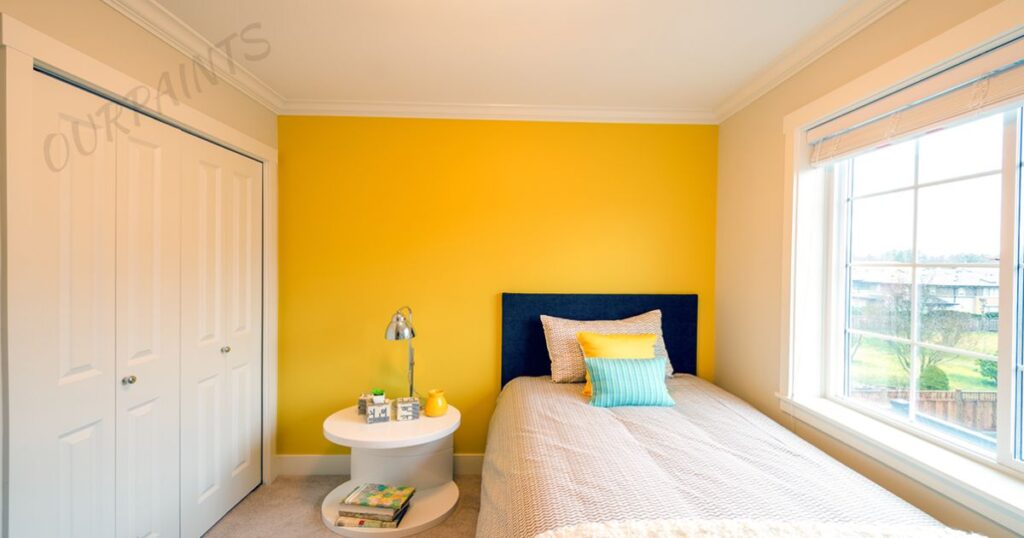
In the pursuit of amplifying space within a confined area like a small bedroom, strategic painting techniques wield incredible transformative power. By utilizing innovative approaches to paint application and design, it’s possible to visually expand the perception of space, creating an environment that feels larger, more open, and remarkably inviting.
Vertical Magic: Elevating Height with Stripes and Patterns
Vertical stripes are a clever visual tool that can significantly impact the perceived height of a room. When applied thoughtfully, they draw the eye upward, creating an illusion of taller ceilings.
Thin, subtle stripes in tones similar to the wall color impart an elongated effect, while bold contrasting stripes introduce drama and height. Moreover, vertical patterns, whether through wallpaper or painted designs, have a similar impact, guiding the gaze upward and imparting a sense of grandeur to the room’s dimensions.
Monochromatic Mastery: Seamless Continuity for Spatial Harmony
The concept of monochromatic painting transcends mere color choice; it’s about creating a seamless flow and continuity within a confined space. By utilizing varying shades and tones of a single color throughout the walls, trims, and even furnishings, the room gains an inherent sense of spaciousness.
Monochromatic schemes reduce visual interruptions, allowing the eyes to travel effortlessly across the space without encountering abrupt color transitions. This cohesive approach fosters a sense of unity, visually expanding the boundaries of the room.
Illusory Depth: Mirrors and Their Spatial Reflections
Strategically placed mirrors are an interior designer’s secret weapon in amplifying spatial perception. Reflective surfaces bounce light across the room, creating depth and openness. Placing a large mirror opposite a window maximizes natural light, making the room feel brighter and more expansive.
Mirrored closet doors or panels on the walls amplify the sense of space by visually doubling the room’s dimensions. The careful placement of mirrors not only enhances illumination but also provides the illusion of a larger, more open environment.
Maximising Light and Shadow: Artful Illumination Techniques
Light and shadow play pivotal roles in influencing how space is perceived within a small bedroom. Capitalizing on natural light by choosing window treatments that allow maximum sunlight penetration is fundamental.
Complementing this natural light with strategic artificial lighting, such as wall sconces or recessed lights, helps eliminate dark corners and shadows. Layered lighting, with ambient, task, and accent lighting, further accentuates the room’s dimensions by creating depth and highlighting architectural features.
Spatial Division: Utilising Paint for Zoning and Definition
Strategic use of paint can also aid in defining zones within the bedroom, making the space multifunctional without compromising its sense of openness. Creating distinct zones through variations in paint color or tone delineates areas for sleeping, working, or relaxation.
Subtle color changes on specific walls or in defined areas, paired with complementary furniture arrangement, contribute to a sense of purposeful division without visually shrinking the overall space.
Multifunctional Furniture Coordination Seamlessly Integrate Style And Utility:
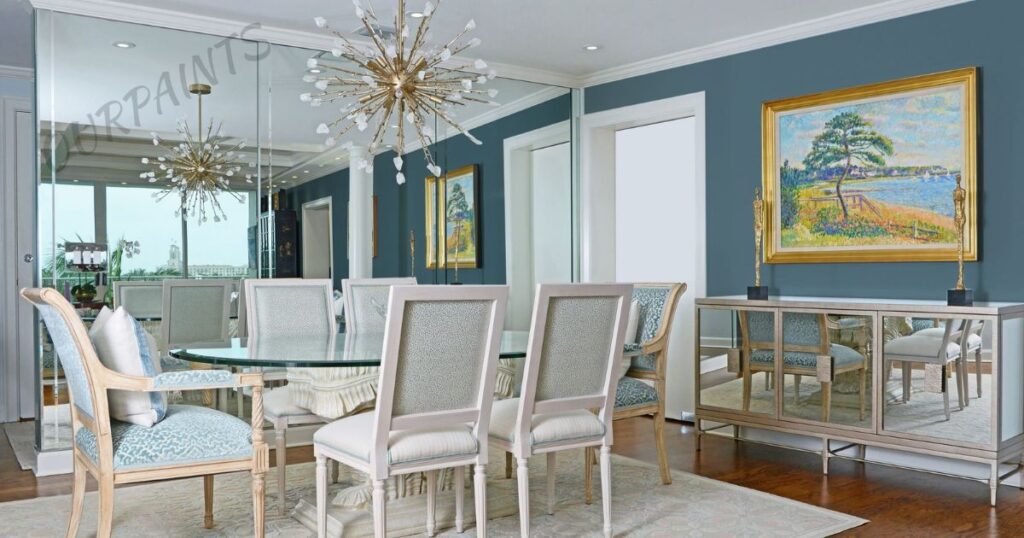
In a small bedroom, every piece of furniture serves as a critical element in both design and functionality. The art lies in harmonizing these elements to maximize space, style, and purpose.
Versatile Selections: A Fusion of Form and Function
Choosing multifunctional furniture is pivotal in optimizing a compact bedroom. Pieces with dual purposes, such as beds with built-in storage or ottomans that double as seating and storage, become indispensable. Their seamless integration not only saves space but elevates the room’s aesthetic by maintaining a clutter-free environment.
Style Cohesion: Blending Elegance with Practicality
The coordination of furniture extends beyond functionality to style cohesion. Opting for pieces that complement the chosen color palette and design theme ensures a harmonious visual appeal. Light-colored furniture can create an illusion of openness, while sleek designs or minimalist pieces contribute to an uncluttered look without compromising on elegance.
Spatial Optimization: Tailoring Furniture to Space
Customizing furniture to fit the room’s dimensions is key. Choosing pieces that scale appropriately prevents overcrowding and allows for efficient use of space. Consideration of scale and proportion ensures that each furniture item not only fits but enhances the room’s layout and functionality.
Strategic Placement: Maximising Flow and Accessibility
Thoughtful placement of furniture is essential for optimizing both movement and visual impact. Avoiding blocking natural pathways and strategically positioning pieces to allow for easy access and functionality maintains a sense of openness while ensuring the room remains inviting and usable.
Adaptability and Innovation: Future-Ready Solutions
Investing in adaptable furniture that can evolve with changing needs ensures longevity. Modular furniture or items with adjustable components offer flexibility, allowing the room to adapt to various purposes or accommodate lifestyle changes over time.
Lighting Mastery Illuminate The Room With Strategic Light Placement:
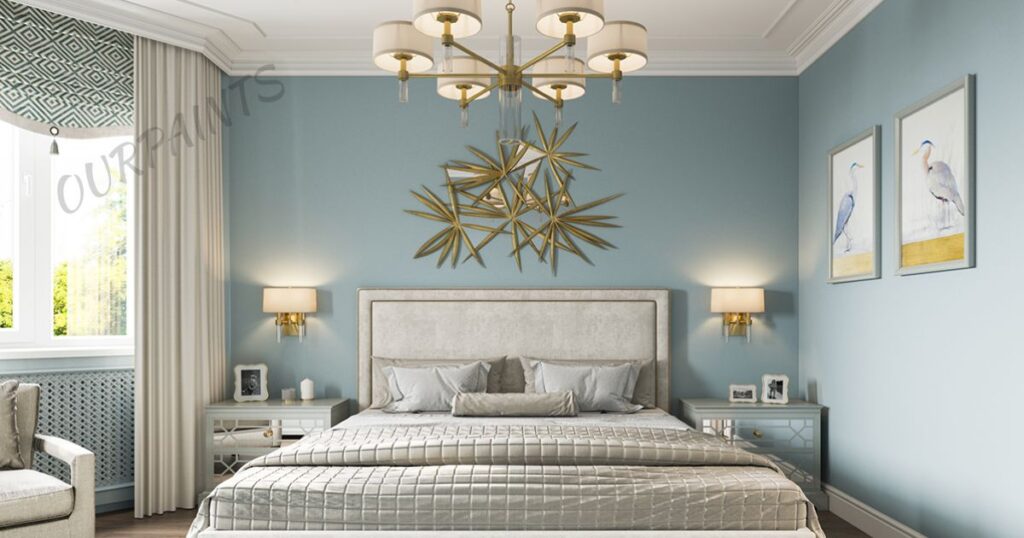
Mastering the art of lighting in a small bedroom is paramount to creating a welcoming ambiance and optimizing the space’s visual appeal. Thoughtful placement and selection of lighting fixtures can significantly enhance both functionality and aesthetics.
Natural Light Embrace: Harnessing the Power of Sunlight
Utilizing natural light as the primary source not only illuminates the room but also creates a connection to the outdoors. Selecting sheer or light-filtering window treatments allows ample sunlight to penetrate, brightening the space and creating a sense of openness.
Capitalizing on this natural resource not only reduces reliance on artificial lighting but also enhances the room’s overall warmth.
Strategic Fixtures: Balancing Ambiance and Functionality
Carefully chosen artificial lighting serves multiple purposes, balancing both ambiance and functionality. Incorporating a mix of ambient, task, and accent lighting caters to various needs.
Overhead fixtures provide general illumination, while bedside lamps or wall sconces offer focused light for specific tasks. Adjustable or dimmable lighting fixtures enable customization, allowing for the creation of different moods and atmospheres.
Eliminating Shadows: Illuminating Every Nook and Cranny
Strategic placement of lighting fixtures aims to eliminate dark corners and shadows, thereby maximizing the perceived space within the bedroom. Ensuring a well-lit environment throughout the room creates an illusion of expansiveness.
Highlighting architectural features or focal points with accent lighting further adds depth and visual interest, drawing attention to specific areas while maintaining an overall sense of brightness.
Enhancing Visual Comfort: Optimal Light Distribution
Uniform light distribution contributes to visual comfort within a small bedroom. Avoiding harsh contrasts between light and dark areas prevents eye strain and promotes a soothing atmosphere. Soft, diffused lighting sources, such as pendant lights with fabric shades or diffusers, create a gentle ambiance, fostering relaxation and tranquillity.
Layered Illumination: Crafting Dimension and Depth
Layered lighting, achieved by combining different light sources, adds dimension and depth to the room. This technique not only accentuates the room’s architectural elements but also contributes to its spatial perception. By strategically layering lighting, from ambient to task and accent, the room gains a multi-dimensional quality, enhancing its overall visual allure.
Texture Infusion Elevates Visual Interest With Tactile Elements:
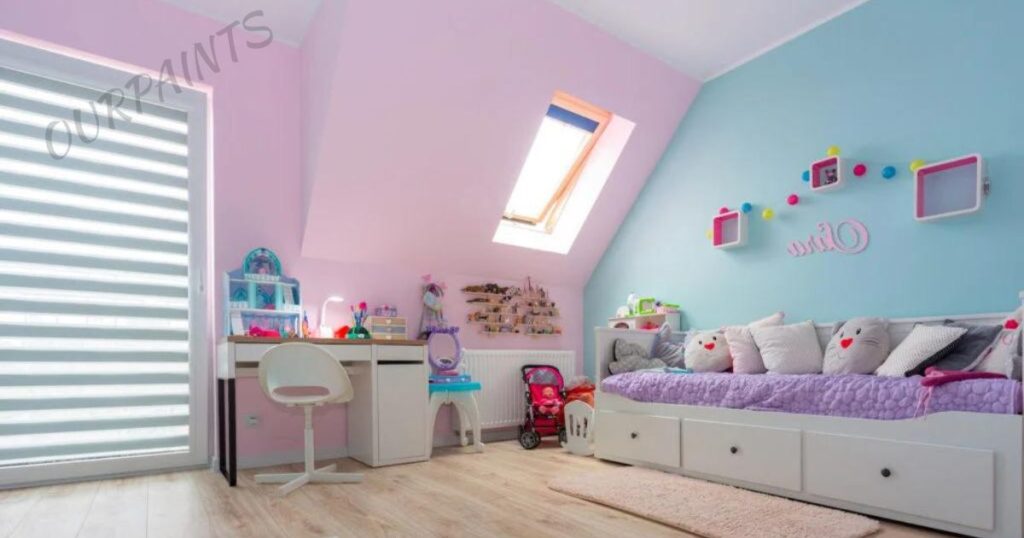
Introducing textures into the design scheme of a small bedroom is a nuanced yet impactful way to elevate its aesthetic appeal. The strategic incorporation of tactile elements not only adds depth but also creates visual interest, transforming the space into a sensory haven.
Textured Wall Treatments: Depth Through Dimension
Exploring textured wall treatments, such as textured paint finishes or wallpapers, adds dimension to the room. Subtle textures, like linen or grasscloth wallpapers, create a tactile experience without overwhelming the space.
These treatments infuse the walls with a tactile quality, inviting touch and visually expanding the room by introducing a layer of depth.
Accentuating Layers: Harmonising Textures with Colors
The interplay between textures and colors is a key aspect of infusing tactile elements. Choosing textures that complement the selected color palette adds richness and complexity to the room’s visual narrative.
Textured elements in neutral tones can accentuate the chosen hues, while contrasting textures in bold colors create focal points, drawing attention and adding dynamism to the space.
Tactile Furnishings: Inviting Comfort and Style
Incorporating tactile furnishings, such as plush rugs, cozy throws, or upholstered furniture, introduces comfort and style. Soft, tactile fabrics like velvet or chenille on bedding or accent pillows create a luxurious feel, inviting relaxation.
Mixing and layering different textures on furnishings provide visual and tactile interest, contributing to the room’s overall sensory experience.
Nature-inspired Textures: Embracing Organic Elements
Bringing in natural textures, such as wood, rattan, or stone, establishes a connection to the outdoors. Wooden accents or furniture pieces add warmth and authenticity, creating a comforting atmosphere.
Utilizing these organic textures infuses the space with a sense of tranquillity and grounding, enhancing the overall ambiance of the bedroom.
Tactile Balance: Subtlety in Diversity
Maintaining a balance between various textures is crucial to prevent sensory overload in a small space. Subtle layering of textures, ranging from smooth to rough or matte to glossy.
Ensures diversity without overwhelming the senses. Consistency in tactile elements throughout the room fosters a cohesive and harmonious visual experience.
Conclusion:
Crafting the best paint scheme for a small bedroom revolves around strategic color choices and design principles. Opting for light, neutral tones like soft greys, soothing blues, or warm beiges creates an illusion of spaciousness and brightness.
Accent walls in muted tones add a touch of personality without overwhelming the space. These color selections influence the room’s ambiance, reflecting natural light and fostering a sense of openness and tranquillity essential for a cozy retreat.
Pairing the chosen paint scheme with complementary elements such as multifunctional furniture, strategic lighting, and textured accents maximizes the impact.
Multifunctional furniture harmonizes with the color palette, while strategic lighting placement accentuates the chosen hues. Adding texture through textiles or wall treatments enriches the visual experience, elevating the room’s allure.
Ultimately, the best paint scheme is a fusion of color, functionality, and texture, creating a harmonious and inviting haven within the confines of a small bedroom.
Faqs About Best Paint Scheme For Small Bedroom:
What are the best paint colors for a small bedroom?
The best paint colors for a small bedroom are generally light and neutral tones like soft greys, calming blues, warm beiges, or creamy whites. These hues create a sense of spaciousness, making the room feel open and airy.
Can dark colors work in a small bedroom paint scheme?
While lighter colors are commonly recommended for small spaces, strategically used dark colors can add depth and coziness to a small bedroom. Consider using darker tones as accent walls or in moderation to create a focal point without overwhelming the space.
How does paint color affect the perception of space in a small bedroom?
Paint color significantly influences how spacious a room feels. Lighter colours reflect more light, making the room appear larger. They also create a sense of brightness and openness. Darker colors, when used sparingly, can add depth but might make the room feel cozier.
Should I use one color or multiple colors in a small bedroom?
Using a single color or a monochromatic scheme in varying shades can create a seamless flow, making the room feel more expansive. However, incorporating multiple colors strategically, such as through accent walls or color blocking, can add visual interest without overwhelming the space.
How can I incorporate a bold color in a small bedroom paint scheme?
Integrating a bold color in a small bedroom can be done through accent walls, focal points, or smaller elements like furnishings or accessories. Pairing a bold color with neutral tones can balance its impact and prevent it from overpowering the space.
What role does lighting play in enhancing a small bedroom’s paint scheme?
Lighting is crucial for showcasing the chosen paint colors. Natural light accentuates the hues, while artificial lighting complements them. Strategic lighting placement can minimize shadows, showcase colors, and create a welcoming ambiance.
How can textures complement a small bedroom’s paint scheme?
Textures add depth and visual interest to a paint scheme. Incorporating textured elements like wallpapers, fabrics, or textured finishes on furniture can complement the chosen colors, enhancing the room’s overall aesthetic and tactile experience.

